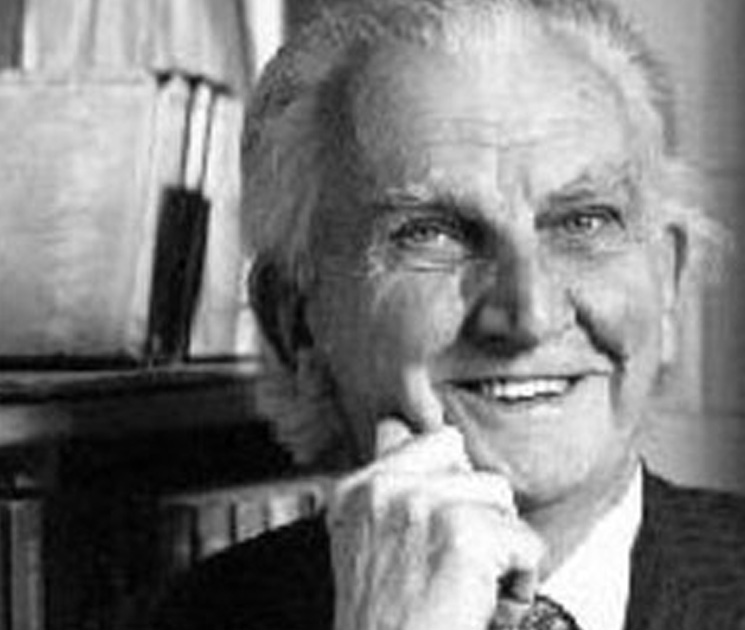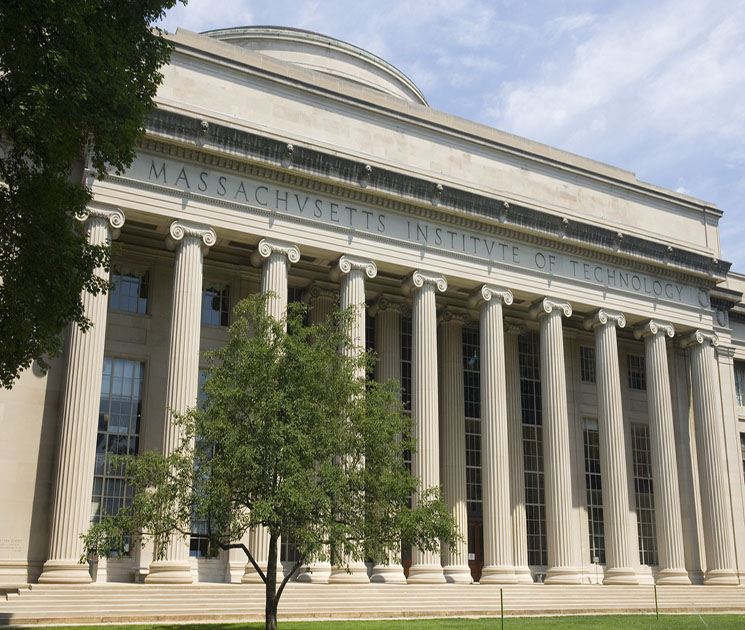György Kepes (1906–2001) was a Hungarian-born painter, designer, educator, and art theorist. At age 18, Kepes enrolled at the Royal Academy of Fine Arts in Budapest, where he studied for four years with Istvan Csok, a Hungarian Impressionist painter. In the same period, he was also influenced by the socialist avant-garde movement.
In 1930, Kepes settled in Berlin, where he worked as a publication, exhibition, and stage designer. Around this time, he designed the dust jacket for Gestalt psychologist Rudolf Amheim’s famous book, Film als Kunst (Film as Art), one of the first published books on film theory. In Berlin, he was also invited to join the design studio of Laszlo Moholy-Nagy, the Hungarian photographer who had taught at the Dessau Bauhas. When, in 1936, Moholy relocated his design studio to London, Kepes joined him there as well.
The following year, when Moholy agreed to become the director of a new art school in Chicago (which Moholy dubbed the New Bauhaus), Kepes was invited to join the faculty. While teaching at the Institute of Design from 1937 to 1943, Kepes enlarged and refined his ideas about design theory, form in relation to function, and the “education of vision.” Kepes was lured to Brooklyn College by Russian-born architect Serge Chermayeff, who had been appointed chair of the Art Department in 1942.
In 1944, he published Language of Vision, an influential book about design and design education. Widely used for many years as a college textbook, it began by acknowledging Kepes’s indebtedness to the Berlin-based Gestalt psychologists and by asserting that “Visual communication is universal and international; it knows no limits of tongue, vocabulary, or grammar, and it can be perceived by the illiterate as well as by the literate…The visual arts, as the optimum forms of the language of vision, are, therefore, an invaluable educational medium.”
In 1947, Kepes accepted an invitation from the School of Architecture and Planning at MIT to initiate a program there in visual design, a division that later became the Director of The Center for Advanced Visual Studies. While at MIT, he moved towards abstract painting and developed a parallel interest in new scientific imagery. Kepes stayed at the Institute until his retirement in 1974.
- More at the MIT Program in Art, Culture and Technology
- Obituary in MIT News
Video below of a 1988 interview in Cambridge on the occasion of a California Polytechnic show on art and science. The interview explores the role of art in transforming one’s inner self, a process that leads to art transforming the outer world, as well.










